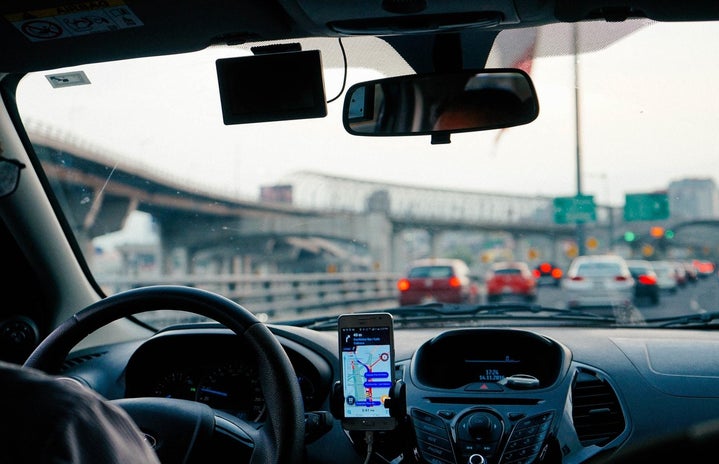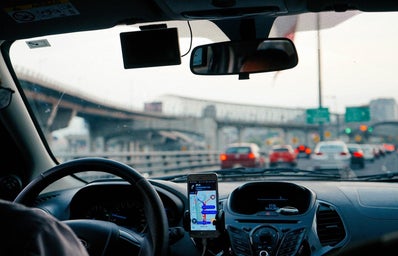Whether you live in a busy city or a rural area, rideshare services offer a quick and easy way to get home, especially after a fun night out. . Still, it’s very common to become desensitized to the dangers of being in a stranger’s car—so here’s what to be aware of.
- Order your ride inside.
Instead of waiting outdoors for your ride, consider ordering the ride inside the building you are coming from. It isn’t safe to be standing outside with your phone in your hand, especially late at night!
- Only contact your driver through the app.
The app you are using provides security and an extra blanket of protection between you and your driver. They cannot send you any texts or calls after the ride has been completed and they don’t have your personal number, leaving them no way to trace you or prolong contact beyond what is appropriate.
- Investigate the car before getting in.
Inspect the car to make sure it is the right car you ordered. Ride share apps will have the make and model of the car, and usually a photo of it as well. Make sure the images match! Also, most rideshare services provide their drivers with a sticker or a sign. Keep an eye out for it on the window or side of the vehicle.
- Ask your driver to confirm your name.
Upon opening the door, ask something along the lines of: “Hello, what’s the name?” or “Hi, who is this for?”. This gives the driver the prompt to look at their phone and confirm to you that they are the correct driver. Make sure you do not ask if it is for you by giving your name! (eg. “Is this for Natalia?”) It is easier for them to just answer ‘yes’ than to guess your name correctly.
- Sit in the back seat with your seat belt fastened.
This tip is extra important if you are alone! Being in the back prevents the driver from being able to immediately reach you. Your seatbelt is also a safety precaution not only in the sense it prevents you from injury if you were to crash, but makes you harder to grab.
- Utilize the ‘share trip status’ feature.
Worst case scenario, apps like Uber and Lyft offer the ability to share your location and ride information with two or more contacts. If you are feeling unsafe or just want to take precautions, make sure to click “Share trip status” in the Uber app. The people you choose will receive a picture of your driver, the license plate, a description of the vehicle, and location. A push notification will appear on their phone with your trip and ETA.
- Provide feedback in the app.
Giving feedback helps everyone. If you have a pleasant experience, you can give your driver a good rating and promote them to drive more often, making rideshares a safer option. If you have a poor experience giving your driver a poor rating and notifying the service you used can prevent more negative experiences. Rideshare apps take their rider’s safety very seriously and will be quick to fire that driver.
Follow these tips, trust your instincts, and always remember to call 911 in the case of a serious emergency. Have fun and always remember to share this with a friend! Happy riding!


